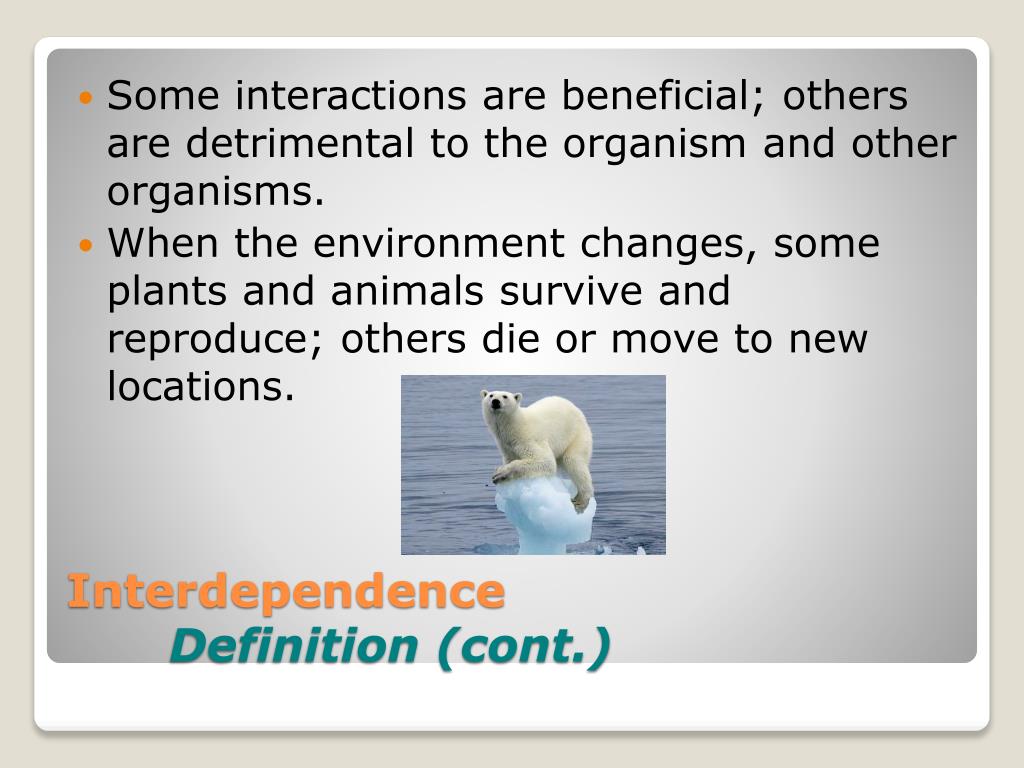

Teams are said to be sequentially interdependent when they cannot finish one task before finishing the one before it. Since no one person can supply, mix, and bake the batter, operations depend heavily on reciprocal interdependence. The only tasks that the material handlers concentrate on are providing ingredients and keeping track of lot numbers, mixing ingredients to create cake batter, and operating the ovens to bake the cake batter. For example, a cake factory operates with reciprocal interdependence. Without the assistance of others, no one person in this system can achieve the ultimate objective or create the good or service. When the completion of the final product depends on the individual contributions of each department or person, this is known as reciprocal interdependence.

This approach promotes both individual and group accountability and is popular in technological, industrial, and manufacturing environments. When a team works together, their individual skills and efforts are “pooled” to create a final product. The team members each bring something unique to the project, but without their combined efforts, the project cannot be completed.

When team members or individual employees collaborate to accomplish a common objective, this is known as “pooled interdependence.” For instance, designers, developers, and project managers might be present in a team creating software. There are three types of task interdependence for professionals, including: Pooled
#Definition of sequential interdependence how to
In this blog post, we will explore task interdependence, the benefits of it, and how to implement it in your team. It is important to understand the concept of task interdependence and how it applies to your team and business in order to ensure the best outcomes for all. Task interdependence can be achieved through various methods, from addressing underlying assumptions to developing shared goals and objectives. It should also lead to better communication between teams and better collaboration. Good task interdependence should create a cohesive team that works together to achieve the group’s objectives. It is the idea that when one team member completes their task, it affects the work of other team members. Task interdependence is an important concept to understand in order to ensure that you, your team, and your business are successful. Pooled, reciprocal and sequential relationships are the three types of interdependent relationships. Within the manufacturing arena, the term “task interdependence” describes the manner in which different business units are reliant upon one another during the production phase.


 0 kommentar(er)
0 kommentar(er)
